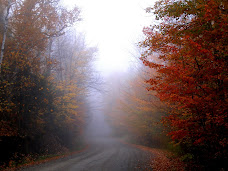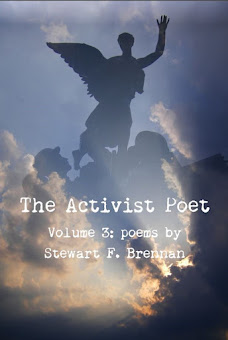A police officer
runs as a photographer lies on the street as police opened fire during a
massive protest against a new government law, which allows for the sale of land
in Panama's free trade zone of Colon, in Colon City October 19, 2012 (Reuters /
Carlos Jasso)
Source: Russia Today
http://rt.com/news/panama-protests-trade-zone-843/
The Panamanian government’s decision to sell land in the
free-trade zone at the Caribbean entrance to the Panama Canal has sparked
violent protests. Clashes with police the streets of the sea-port of Colon
reportedly left 15 people wounded.
According to Venezuelan state TV channel Venezolana de
Televisión, there have been at least 25 protesters detained by police.
Information about a 15-year-old person killed in clashes has found no
confirmation.
Curfew has been enacted in Colon immediately after the
clashes when protesters were burning tires to block the streets.
Facts about Panama Canal:
Panama Canal was
constructed between 1880 and 1914.
Between 1904 and 1913, a
total of 56,307 persons were employed during the construction of the Panama
Canal. Nearly 20,000 French and 6,000 American workers died during the
completion of the Panama Canal.
The length of the Panama
Canal is 80 kilometers (50 miles) from the deep waters of the Atlantic to the
deep waters of the Pacific.
A ship takes an average
of eight to 10 hours to transit the Panama Canal.
At the end of fiscal year
2011, 1,015,721 vessels had used the waterway since its opening on August 15,
1914.
Between 12,000 and 15,000
ships About 40 ships cross the Panama Canal every year.
The Canal transports 4
per cent of world trade
-----
Demonstrators in Colon believe the government’s decision
to sell state-owned land in the Colon Free Zone (CFZ) will hit those who work
in the free-trade zone and affect the income of many citizens of the country.
The protesters insist the law is unconstitutional.
The head of the Colonense Broad Movement, Felipe Cabezas,
told the AP news agency,"We do not want the land to be sold because
these are assets that belong to Colon."
President Ricardo Martinelli said those instigating
protests are protecting “small-minded interests” of their own and that sale of
state-owned land will benefit the country.
The law supposes creation of a “social investments” trust
that would manage 35 per cent of the revenues received from the sale of the
land just outside the former Panama Canal Zone.
The larger, 65 per cent, share will go to the country’s
central government.
he free trade port of Colon is one of the largest in the
world. In operation for over half a century now, the port hosts over 2,000
companies doing business in the profitable free-trade zone.
In 1999, the United States passed control over the Panama
Canal to the Panamanian state. Since then the waterway linking Atlantic and
Pacific oceans is the principal source of the revenues for Panama.
It is expected that in 2014 the works on expansion of the
waterway will be over just ahead of the Panama Canal’s centenary.
People take part
in a massive protest against a new government law, which allows for the sale of
land in Panama's free trade zone of Colon, in Colon City October 19, 2012 (Reuters
/ Carlos Jasso)
A family runs for
shelter after tear gas was shot by riots police during a massive protest
against a new government law, which allows for the sale of land in Panama's
free trade zone of Colon, in Colon City October 19, 2012 (Reuters / Carlos
Jasso)
A police officer
positions his gun during a massive protest against a new government law, which
allows for the sale of land in Panama's free trade zone of Colon, in Colon City
October 19, 2012 (Reuters / Carlos Jasso)
A riot policeman
fires tear gas during a massive protest against a new government law, which
allows for the sale of land in Panama's free trade zone of Colon, in Colon City
October 19, 2012 (Reuters / Carlos Jasso)






















a.jpg)

a.jpg)








No comments:
Post a Comment
Thanks for commenting on this post. Please consider sharing it on Facebook or Twitter for a wider discussion.